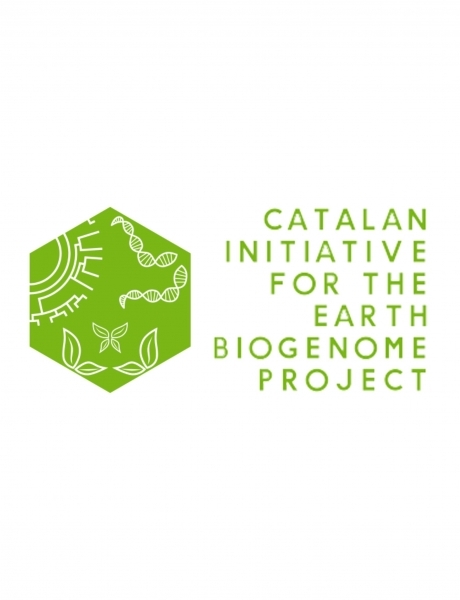
The project aims to sequence the genome of four drafonfly species collected in 2023, preserved in liquid nitrogen and stored at -80°C at BEECA-UB, ensuring high-quality DNA. 2-4 adults per species were captured in Montseny and Peguera. Species are Onychogomphus forcipatus, O. uncatus (Gomphidae, Anisoptera), and the zygopterans Coenagrion puella (Coenagrionidae) and Calopteryx virgo (Calopterygidae).
Sampling was covered from the 2023 call by ICHN. Species cover various habitats and lineages, have established taxonomy, and are easy to identify, and abundant. Onychogomphus inhabits streams, with O. uncatus found at higher elevations. Life cycles of O. forcipatus populations in Montseny are currently monitored, and a proposal to test adaptability vs phenotypic plasticity of Onychogomphus awaits decision (Generación Conocimiento). C. puella inhabits vegetated ponds and lakes, and C. virgo is found in headwaters, facing declining populations due to pollution. Genome sizes range 0.8-0.9 Gb.
This project is funded by the Institute of Catalan Studies, through the Catalan Initiative for the Earth BioGenome Project.
THE ROLE OF CNAG
CNAG will perform sequencing, assembly, and annotation of species.
COORDINATION
Cesc Múrria (Universitat de Barcelona) will coordinate the project.











